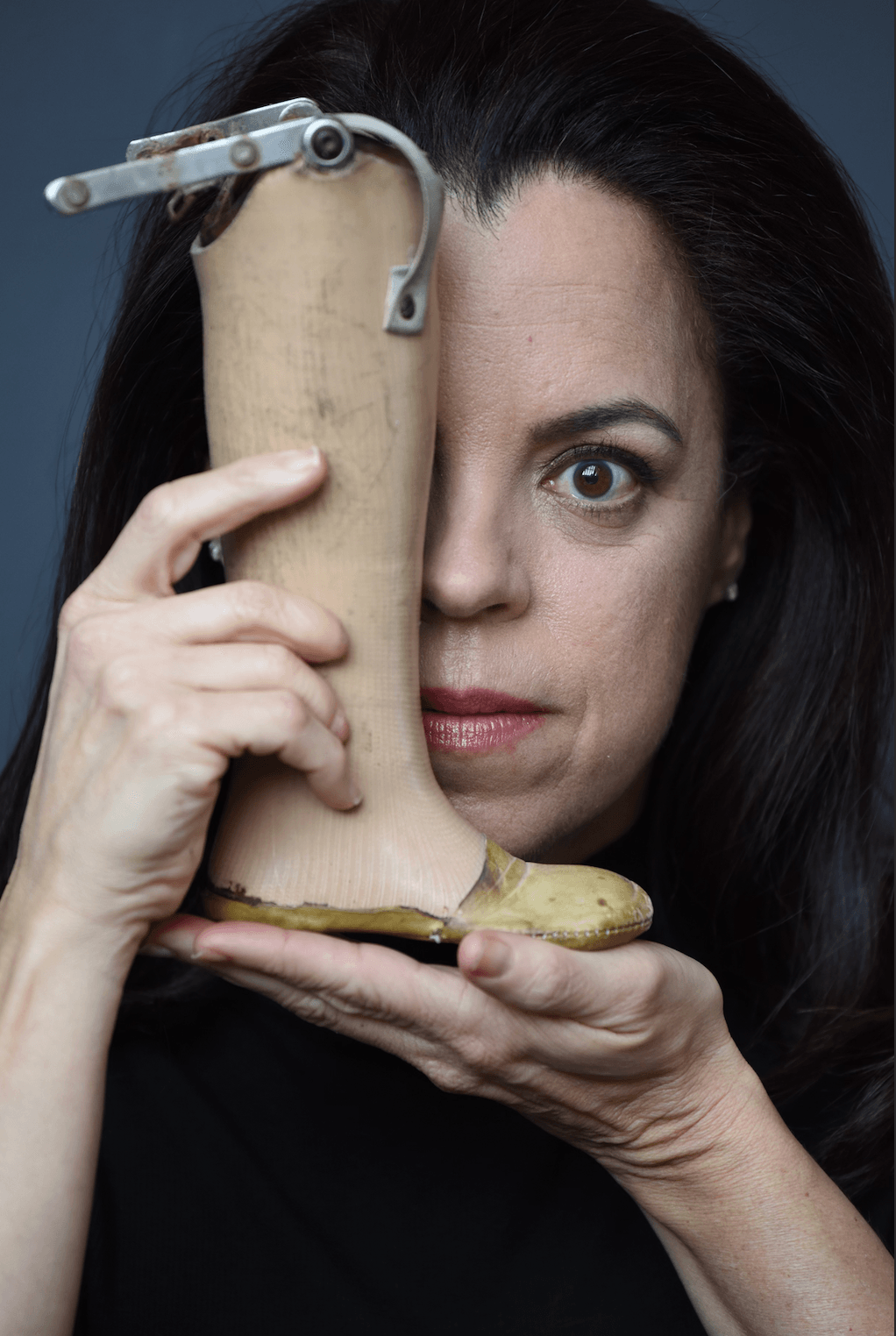We recently connected with Tami Luchow and have shared our conversation below.
Hi Tami, thanks for joining us today. Has your work ever been misunderstood or mischaracterized?
As someone who was born with a physical disability and judged and nearly discarded from my first breath, I have lived through many instances where I have been misunderstood or mischaracterized, and I still look at life as one of wonder and excitement because that’s what keeps me going. I also recognize that there are many very difficult situations that go far deeper that require resilience and grit. Those too must be handled. The work I do is all about balancing the times in life where the judgement of others or the biases of a larger group impact one’s own life and world with the wish to make a positive impact. People often look at me, see my artificial limb, and look away and pretend they didn’t see me. I know the look when someone says, “oh, what did you do to your knee, I tore my meniscus last year and PT was a mess,” and I reply, “oh this isn’t a knee brace. It’s an artificial limb and then the conversation stops…” Helping people through their own uncomfortable feelings about disability to create teachable moments is where humor and art and grace all come together and my work as an artist is most vital. In this way, these moments can be things we create from times that are hardest and they can become beautiful when we show up with our authentic selves, sometimes that’s glitzy and sometimes that’s messy as one of my current installations shows WRIT LARGE.
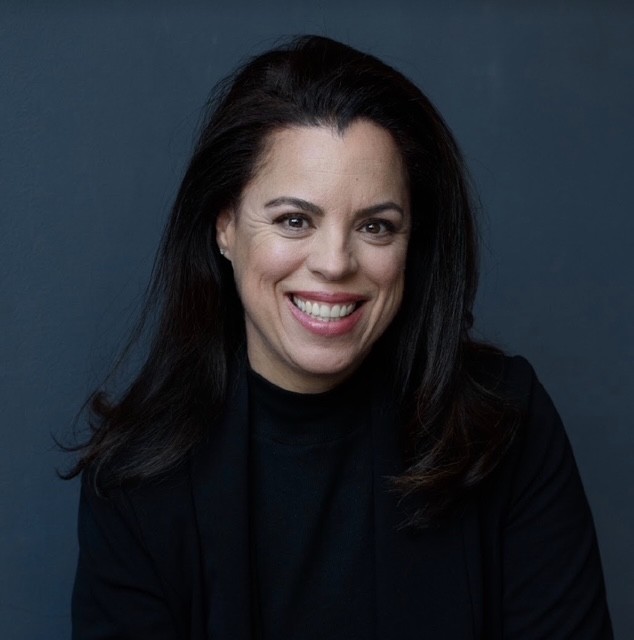
Great, appreciate you sharing that with us. Before we ask you to share more of your insights, can you take a moment to introduce yourself and how you got to where you are today to our readers.
First of all, I’d like to thank the editors of Canvas Rebel for creating this place to connect with all of you readers because my mission is all about sharing people’s stories and highlighting voices of people who don’t often get seen, heard, valued, and respected, and together we can make the world a better place.
To begin, I will share a bit of my own story, in that it’s a foot in the door to so many millions of other people’s stories. I was born two months early, without a few fingers, a few toes, and missing my right leg just below the knee. That is just one part of my story, as I also live with some invisible issues. Each of us deal with things that are not always visible to others. Life is full of nuance, and for me that is where the deepest art lives and grows and breathes.
Throughout my life I have had many roles including those of poet, speaker, writer, journalist, ski racer, gymnast, actor, mother, partner, daughter, granddaughter, niece, aunt, friend, colleague, sister, employee, employer, volunteer, board member, advisory board member, advisor, consultant, leadership advisor, founder, and many others. I name these roles to illustrate that many of us wear various hats and our lives aren’t easily defined by any one thing. Right now I’m embracing my newest role as an emerging installation artist with my debut at Westbeth Gallery in New York City. THE DIS TOUR is an installation that encompasses many mediums including sculpture, video, photography, painting, graphic art, mobiles, the written word, interactivity, and many pieces are connected to healthcare. The work often uses found objects, items that people typically overlook or avoid. Some found objects are full of double meanings, while others lean to the abstract. Each medium serves a unique function: some of the photographs are figurative, others more literal. And then there are works that deliberately push boundaries to spark conversation around invention, medical breakthroughs, and the ethics of care. Ultimately, the full exhibit is a space for those who have been marginalized, othered, excluded, misrepresented, and maligned to feel seen, heard, and valued. It’s about embracing differences and building community through art. We’re currently looking for the next city and community to host THE DIS TOUR and welcome ideas and suggestions.
What keeps me motivated and excited is that magic moment where a total stranger sees the art or hears a poem and I see a spark ignite or a smile light up a face or a tear fall meaning there’s a deep connection that allows another human to feel seen, heard, and valued. Those moments keep me going during the hard times where others close doors or refuse to welcome those who are “other,” like me, and my people with disabilities – visible and invisible. We may be cancer survivors, we may live with mental health issues, we may have learning disabilities, we may live with diabetes, Parkinson’s, Alzheimer’s, dementia, and so many other situations life throws our way, and still we deserve to take up space and to have a seat at the table. In hard times, I remind myself that there is a ripple effect of kindness. We can only control our own actions. When we choose care, we can impact someone in a positive way, and hope that the care continues far beyond us. I hope my artwork and my message – today and everyday – resonates to share care, compassion, and respect, and I am grateful for this opportunity here at Canvas Rebel, just as I am grateful to those whose work in previous generations paved the way for us to continue in this moment.
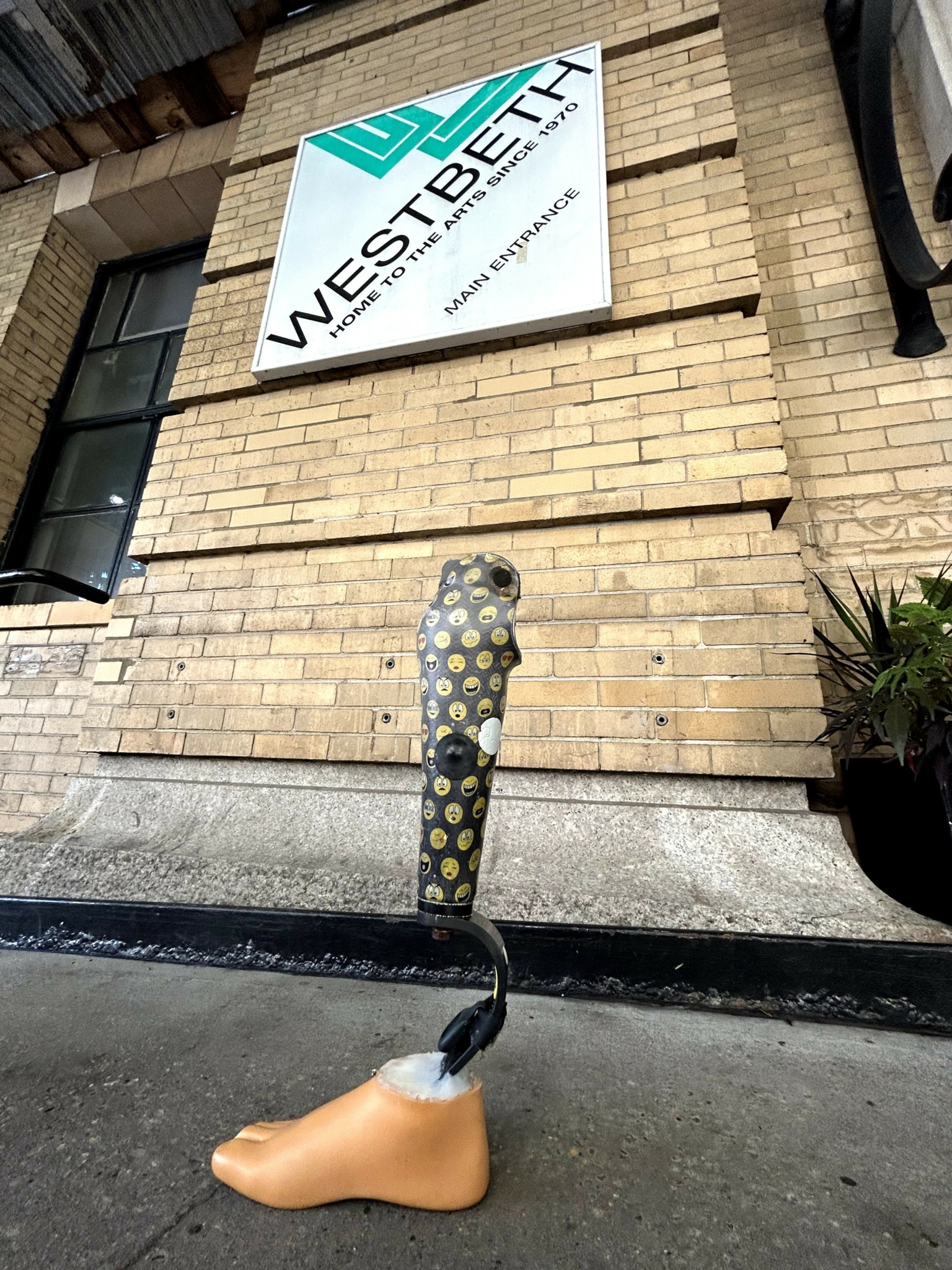
How can we best help foster a strong, supportive environment for artists and creatives?
Society can best support artists and creatives when there are welcoming and open spaces for people to be recognized and valued for who they are and what makes each human being unique. In real terms this can and should look like more funding for the arts, more grants for artists and creatives to show their work in public spaces. THE DIS TOUR is an example of installation art that is new, different, unusual, and meant to be shared in large spaces where all people have access. The art in THE DIS TOUR and its message is one of inclusion, community, belonging, and most of all respect for those who are too often marginalized and pushed aside – people with disabilities (visible and invisible) and their families. So when this message resonates people – SOCIETY – can join in and say here we are, there are millions of people who can share their stories and connect their own lives – or those of their loved ones with visible and invisible disabilities – and in doing so the messages of belonging will be shared with more people. Society can and should make room for those who are not commonly seen, heard, and represented by literally and figuratively making space in museums, galleries, community centers, libraries, schools, universities, businesses, transportation hubs, and so much more. Public areas and gatherings can highlight artists, writers, dancers, musicians, and poets to speak their truths for more representation each and every day. Fellowships are helpful, as are retreats and academies to bring in young people and older people together multi-generationally across disciplines. When art and poetry and all other forms of artistic expression are valued civilization is better for it! Artists and creatives can – and should – be the voices of the human spirit, that’s why my debut art installation THE DIS TOUR at Westbeth Gallery NYC currently and my book Poems for A Memory are examples where art and writing lean in to bringing people together by sharing and making space for many voices; together we grow and learn from one another as a larger society.
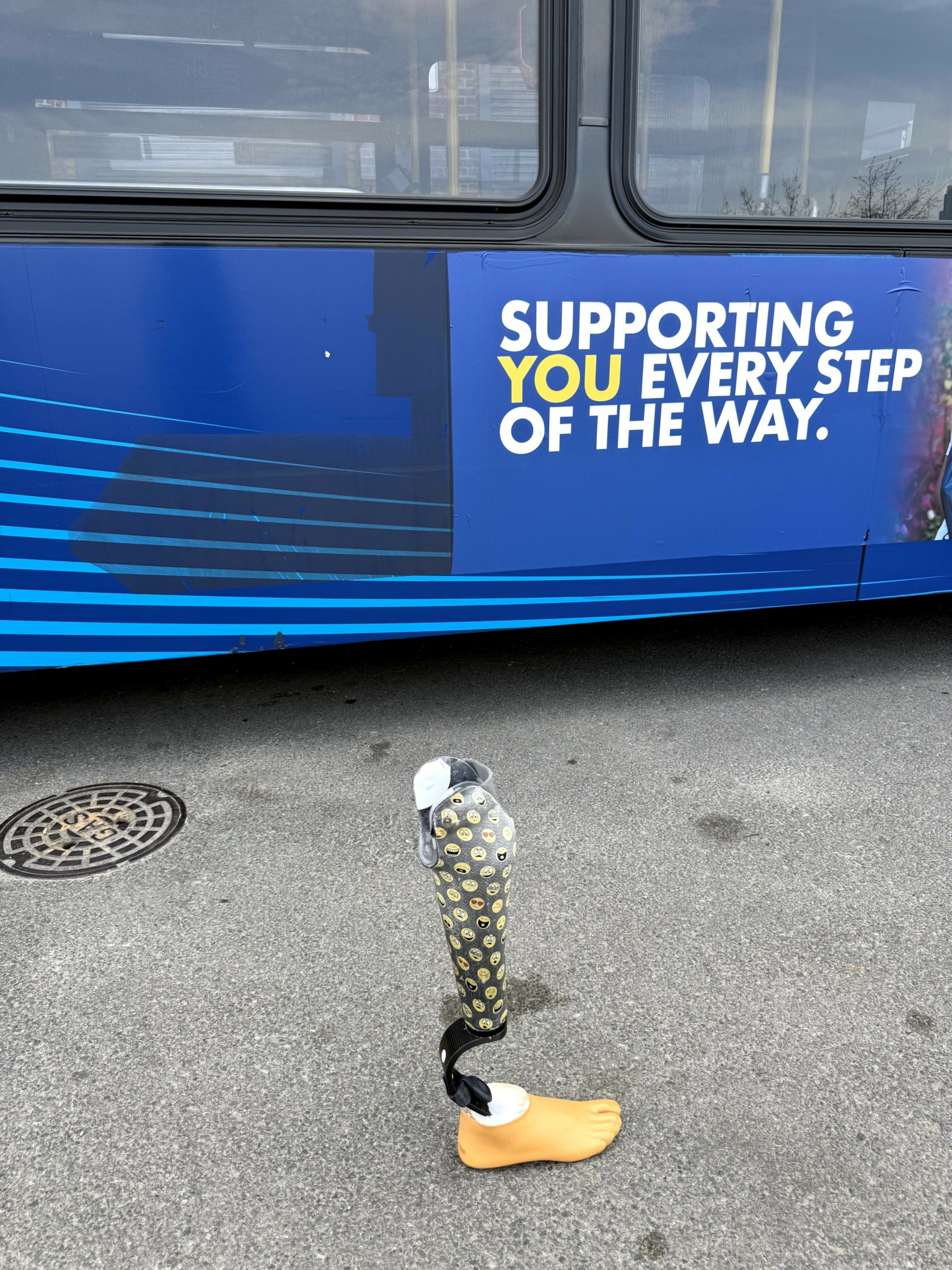
What do you find most rewarding about being a creative?
The most rewarding aspect of being an artist and a creative human being is the ability to connect with other people and to try to make a positive impact in the world. THE DIS TOUR Kickoff at Westbeth Gallery has had visitors of all ages and backgrounds. It’s been magical to watch different people connect with the various parts of the installation. The pieces are all in conversation with each other and with visitors. Some have sparked belly laughs in some observers, and that is super rewarding because the subject matter is more often than not avoided because it is scary or uncomfortable, and so the throughline of humor feels so energizing. The large piece Dis Is Glitzy, Dis Is Messy seems to be one that people gaze at and create their own stories and that’s just the point. It’s my hope that the art is an entry point for people to see themselves and their loved ones in the many facets that life throws our way because people with disabilities – visible and invisible – and their families, loved ones, caregivers, and communities, are all part of the human condition. The purest reward happens when someone shares that they feel seen, heard, and valued in a way that they had not before, because messages of THE DIS TOUR create a literal space for people, just as the words in my book Poems for A Memory become a space for people to find themselves and explore their feelings of being part of the fabric of the world. The other day, the most incredible reward was in the smile of the gentleman who came in, who uses crutches and wears hearing aids, and he said to me, “I have never seen anything like this, and I am an artist myself, please keep doing this, I hope this goes big.” The message of belonging and the message of care is a universal hope. I know I’m just one small piece of the story and I am grateful for those who have come before me, and appreciate being able to share my work to make space for others.
Contact Info:
- Website: https://tamiluchow.com/
- Instagram: https://www.instagram.com/tamiluchow/?hl=en
- Facebook: https://www.facebook.com/TLCTamiLuchowCares/
- Linkedin: https://www.linkedin.com/in/tami-luchow-80b183128/
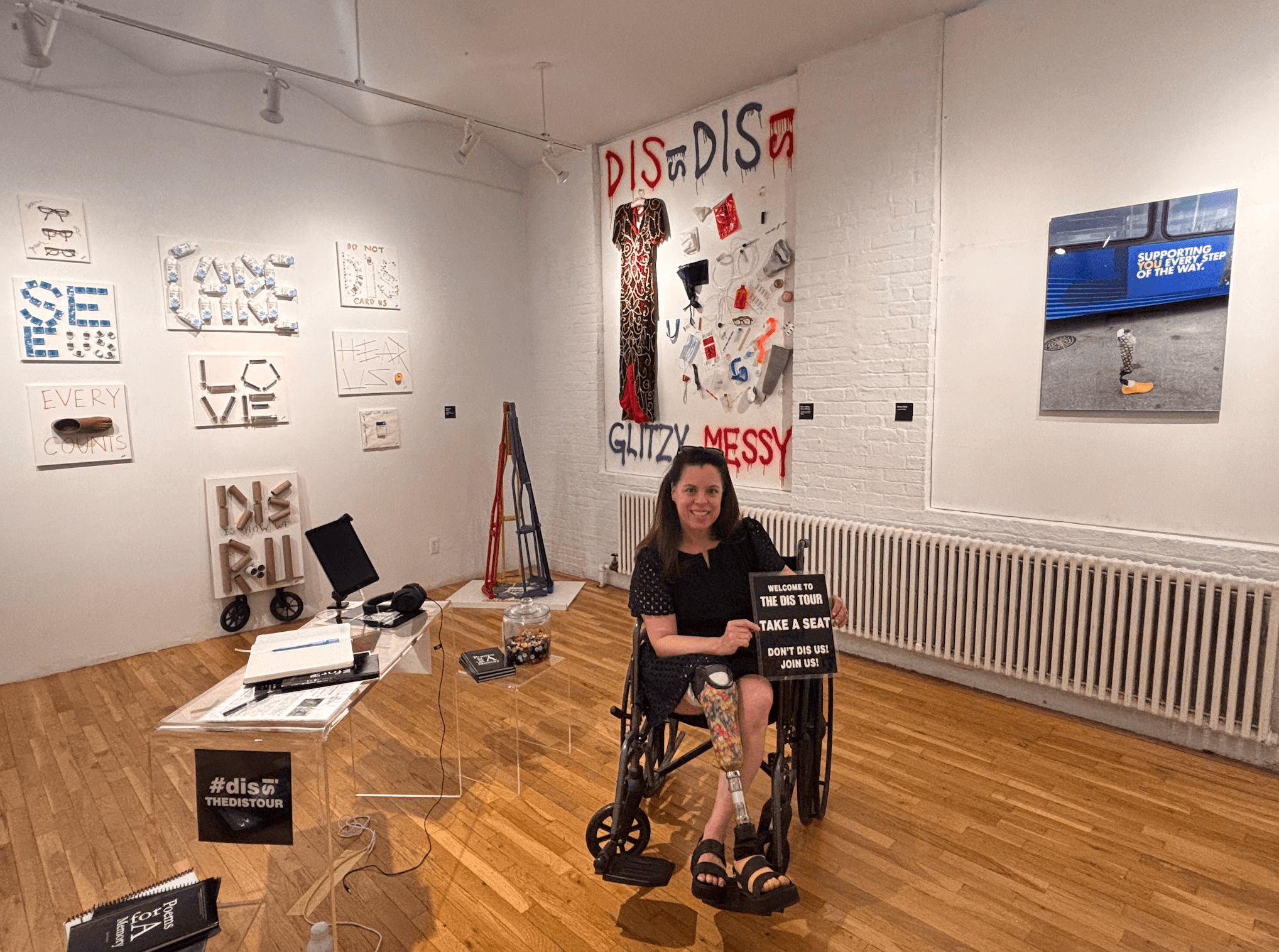
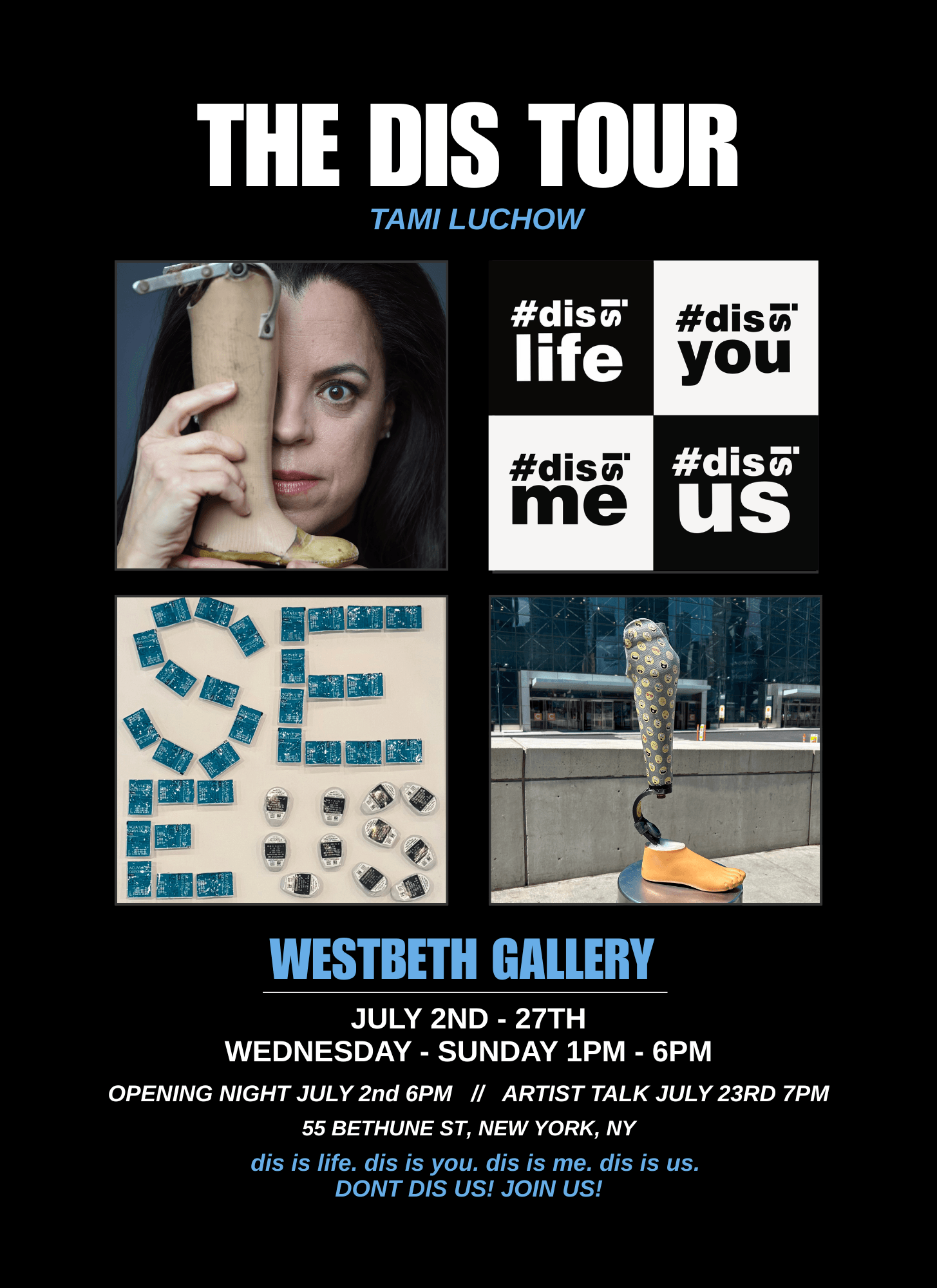

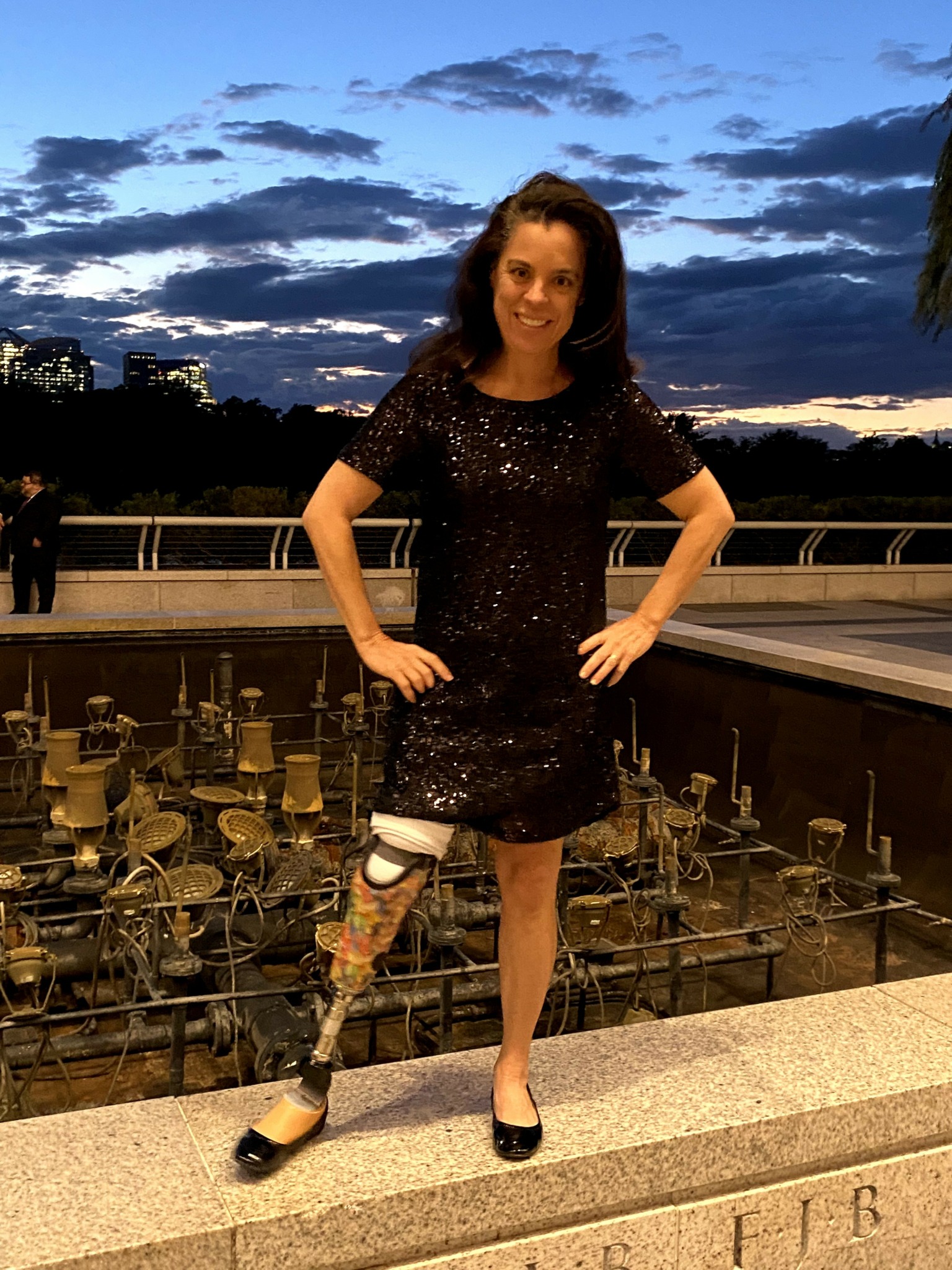
Image Credits
Andrew French
Tami Luchow


